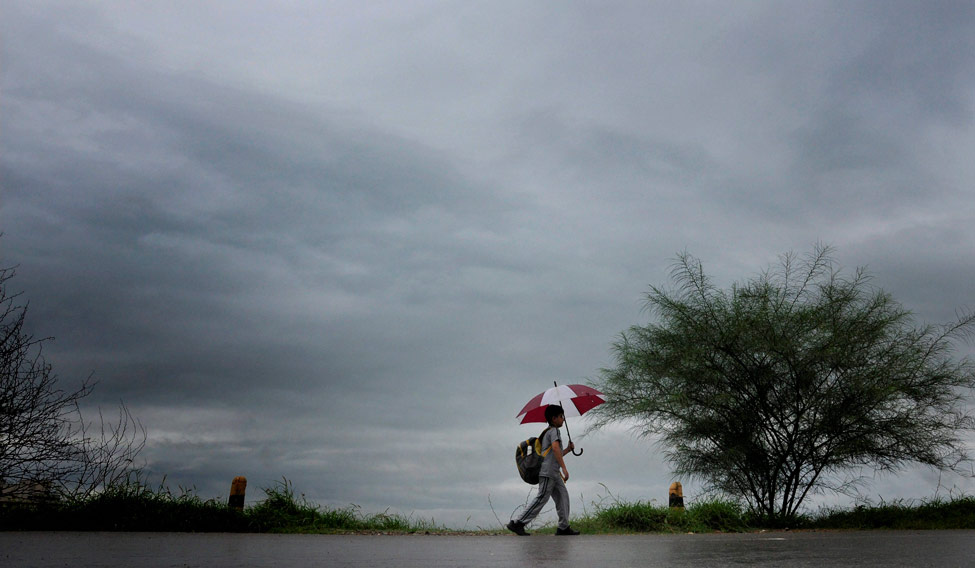There is good news from the weather bureau. The long-range forecast for the second half of the 2017 southwest monsoon (August and September) has been released, and quantitatively, the rainfall over the country as a whole is likely to be 100 per cent of the Long Period Average (LPA). This basically means normal rains. In fact, the ministry of earth sciences says that the monsoon for the entire season will be normal, as was predicted earlier.
The LPA is the average rainfall in India over 50 years (1951 to 2000). The LPA for the second phase of the monsoon is 43.5 cm, the second phase of the monsoon contributes 49 per cent of the average season rainfall.
The metereological department releases regular forecasts on the onset, arrival and performance of the monsoon, the first of which is in April. Monsoon forecast has improved in accuracy ever since the government launched the ambitious National Monsoon Mission in 2012. The forecast for 2017 was the first time that the model was used in its entirety. However, the behaviour of the monsoon depends on several global conditions, which might change from the time of the first prediciton. Thus, there is a constant need for updating forecasts.
This year, there was a worry that the El Nino, a warm Pacific current that is associatied with less monsoon rain, could play spoilsport, as some models had forecast the El Nino could build up during the latter part of the year. However, atmospheric conditions over the Pacific Ocean continue to reflect neutral El Nino Southern Oscillation (ENSO) conditions. In fact, the Monsoon Mission Coupled Forecasting System (MMCFS) inducated that neutral ENSO conditions are "most likely" to exist till the spring of 2018, and with a "very high probability" of staying neutral at least till the end of 2017.
Another phenomenon that influences the Indian monsoon is the Indian Ocean Dipole (IOD), an irregular oscillation of sea surface temperature in which the western Indian Ocean becomes alternatively warmer and colder than the eastern part. A positive IOD is associated with higher-than-normal rain. Usually, a positive IOD can neutralise a strong El Nino. This year, however, the IOD conditions are also neutral and the forecast is that this will remain so for the remaining part of the monsoon.
Although parts of the country have had a good drenching so far, the distribution of rain has caused worry lines to furrow foreheads. Areas like Rajasthan and Gujarat, which fall in the rain shadow, have witnessed unexpectedly heavy rains and floods which claimed many lives. On the other, the monsoon weakened over the southern states like Kerala. A revival this August is likely, which will remedy the situation.





